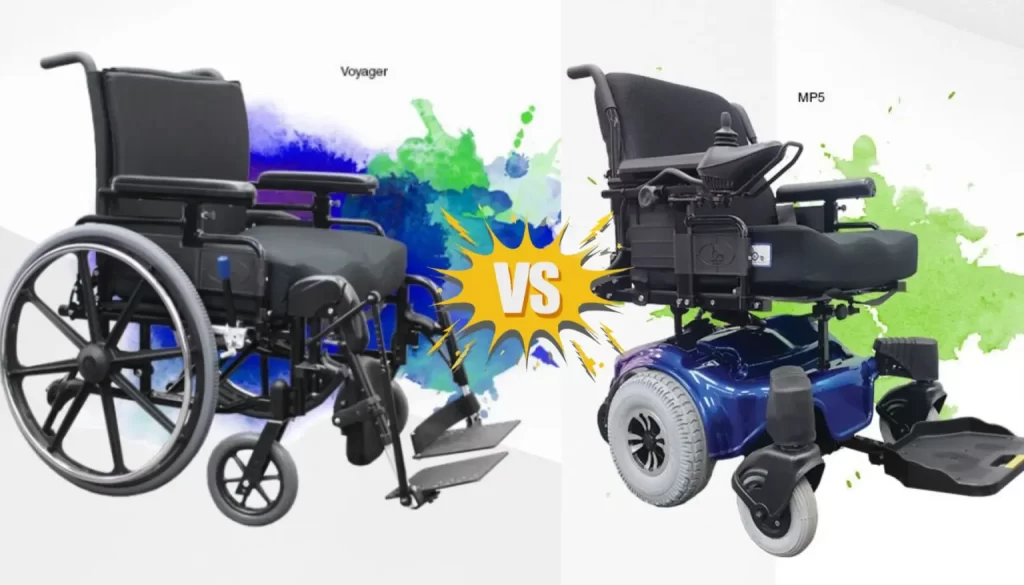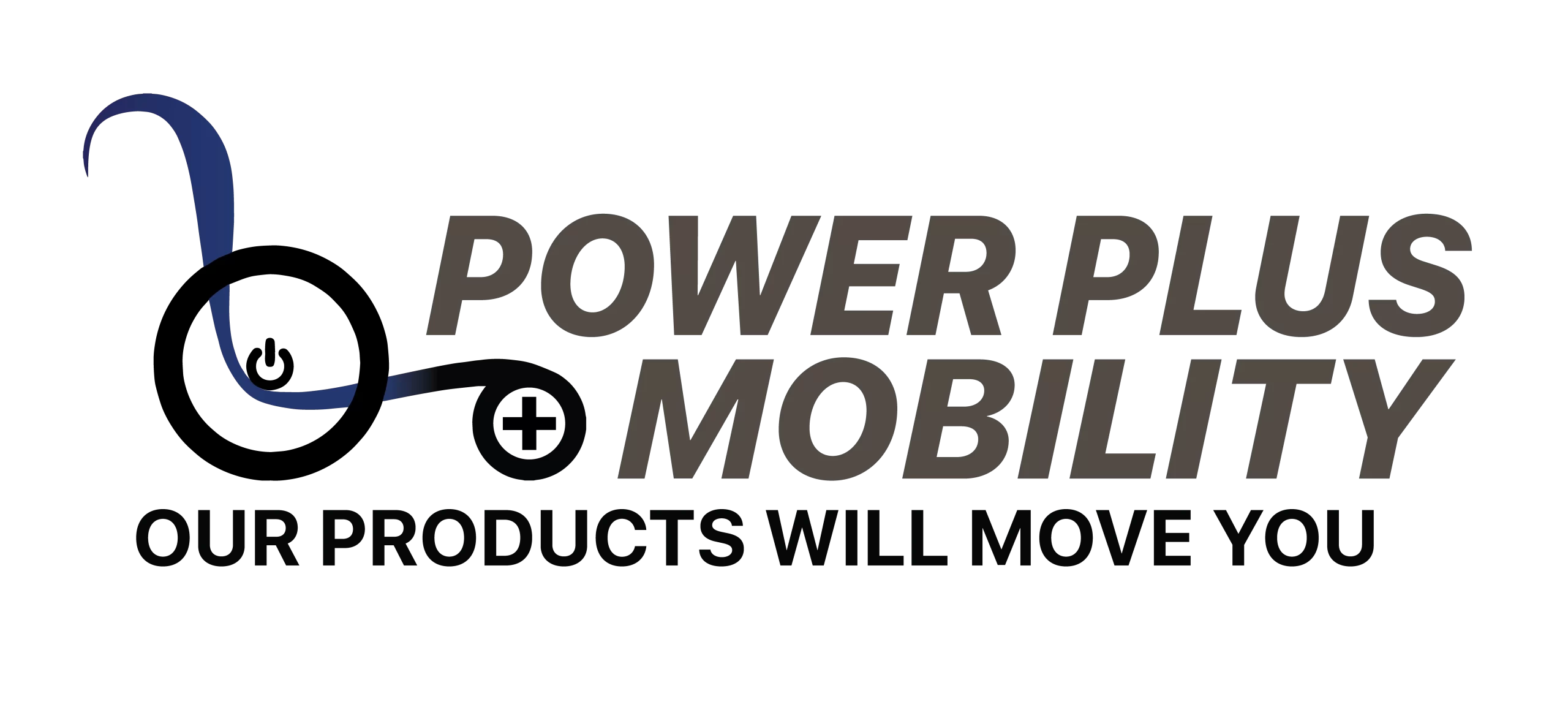
Choosing between a manual and power wheelchair represents one of the most significant decisions in your mobility journey. This choice affects not only your daily independence and comfort but also your long-term health, lifestyle possibilities, and overall quality of life. At Power Plus Mobility, our experience manufacturing both manual and power wheelchairs for Canadian users has given us deep insights into how this decision impacts real-world mobility outcomes and user satisfaction.
The choice between manual and power wheelchairs isn’t simply about convenience versus exercise – it’s about matching your wheelchair to your specific physical capabilities, lifestyle demands, environmental challenges, and personal goals. Understanding the nuances of each option, including their benefits and limitations, empowers you to make an informed decision that enhances rather than restricts your daily life. Choosing the right wheelchair requires careful consideration of factors that extend far beyond the initial purchase decision.
Understanding Manual Wheelchair Advantages and Applications
Manual wheelchairs offer distinct advantages that make them ideal for many users, particularly those with sufficient upper body strength and endurance to propel themselves effectively throughout daily activities. The primary benefits of manual wheelchairs include their mechanical simplicity, lighter weight, enhanced portability, and freedom from battery dependencies that can restrict travel or daily activities.
For active users who view wheelchair propulsion as beneficial exercise, manual wheelchairs provide cardiovascular and strength-building benefits that contribute to overall health and fitness. This physical activity can be particularly valuable for users whose mobility limitations restrict other forms of exercise, making wheelchair propulsion an important component of their fitness routine.
Manual wheelchairs excel in situations requiring frequent transfers, car transportation, or access to spaces where power wheelchairs might be impractical. Their lighter weight and folding capabilities make them easier to transport and store, while their mechanical simplicity means fewer potential mechanical failures and lower maintenance requirements over time.
Canadian climate considerations often favor manual wheelchairs for users who experience harsh winters, as cold weather battery performance issues don’t affect manual wheelchair functionality. Additionally, manual wheelchairs typically have lower operating costs over their lifespan, with maintenance focused on mechanical components rather than complex electrical systems.
Proper wheelchair maintenance for manual wheelchairs focuses primarily on wheel bearings, brake adjustments, and tire maintenance – generally simpler and less expensive than power wheelchair service requirements.
Power Wheelchair Benefits for Enhanced Independence
Power wheelchairs provide significant advantages for users who require assistance with propulsion, have limited upper body strength or endurance, or need to conserve energy for other daily activities. The primary benefit of power wheelchairs lies in their ability to provide effortless mobility that doesn’t compromise the user’s energy levels or physical capabilities.
For users with progressive conditions, arthritis, heart conditions, or respiratory limitations, power wheelchairs can be essential for maintaining independence while protecting against overexertion that could worsen existing health conditions. Power wheelchairs also benefit users who need to travel long distances regularly or spend extended periods in their wheelchair throughout the day.
Advanced positioning options available in power wheelchairs, including our STP (Super Tilt Plus) technology, provide therapeutic benefits that are difficult to achieve in manual wheelchairs. These positioning capabilities can help prevent pressure sores, improve circulation, reduce pain, and enhance overall comfort during extended wheelchair use.
Power wheelchairs also offer superior performance on challenging terrain, inclines, and outdoor surfaces that might be difficult or impossible to navigate with manual wheelchairs. This enhanced capability can significantly expand the user’s access to community activities, outdoor recreation, and employment opportunities.
Environmental control interfaces, communication systems, and assistive technology integration are more readily accomplished with power wheelchairs, providing enhanced independence for users who require these accommodations for optimal daily functioning.
Physical Considerations in Wheelchair Selection
Your current physical capabilities and long-term health outlook play crucial roles in wheelchair selection decisions. Upper body strength, endurance, joint health, and coordination all influence which wheelchair type will provide optimal mobility and comfort over time.
Users with sufficient upper body strength and cardiovascular endurance may benefit from the exercise provided by manual wheelchair propulsion, while those with limitations in these areas might find manual wheelchairs restrictive or potentially harmful to their health. Shoulder health deserves particular attention, as repetitive propulsion motions can contribute to shoulder problems over time.
Progressive conditions require careful consideration of both current and anticipated future capabilities. Understanding when to upgrade your wheelchair becomes particularly important when physical capabilities change significantly over time, potentially requiring transitions between wheelchair types.
Spinal cord injury levels, muscle weakness patterns, and sensation deficits all influence wheelchair selection and feature requirements. Power wheelchairs may be essential for users with high-level spinal cord injuries, while users with lower-level injuries might have options between manual and power depending on their individual capabilities and goals.
Age-related considerations include joint health, muscle strength changes, and potential development of secondary conditions that could affect wheelchair propulsion ability over time. Planning for these potential changes can influence initial wheelchair selection and feature prioritization.
Lifestyle and Environmental Factors
Your daily activities, work requirements, living situation, and recreational interests significantly influence which wheelchair type will best support your lifestyle goals and requirements.
Employment considerations include workplace accessibility, job demands, and commuting requirements. Manual wheelchairs might be preferable for jobs requiring frequent transfers or compact workspace navigation, while power wheelchairs could be essential for positions requiring extensive mobility or energy conservation throughout the workday.
Home environment factors include accessibility features, storage space, and charging capabilities for power wheelchairs. Multi-story homes without elevators might favor manual wheelchairs, while single-level homes with adequate electrical access could easily accommodate power wheelchair requirements.
Transportation needs vary significantly between wheelchair types. Manual wheelchairs generally transfer more easily into vehicles and require less specialized transportation equipment, while power wheelchairs often require accessible vehicles or transportation services but provide greater independence once at destinations.
Recreation and community participation patterns influence wheelchair selection based on activity requirements, terrain challenges, and duration of use. Essential tips for enhancing mobility and independence often include matching wheelchair capabilities to lifestyle goals and activity preferences.
Canadian Climate and Geographic Considerations
Canada’s diverse climate conditions create unique considerations for wheelchair selection that might not apply in other geographic regions. Winter weather affects both manual and power wheelchairs differently, influencing user comfort, safety, and wheelchair performance throughout seasonal changes.
Battery performance in power wheelchairs can be significantly affected by cold temperatures, potentially reducing range and reliability during Canadian winters. However, power wheelchairs may provide better traction and propulsion assistance on snow and ice-covered surfaces compared to manual wheelchairs.
Manual wheelchairs avoid battery-related cold weather issues but may require greater physical effort on challenging winter surfaces, potentially leading to fatigue or overexertion during harsh weather conditions. Winter clothing can also affect manual wheelchair propulsion efficiency and comfort.
Indoor heating during Canadian winters creates temperature differentials that can affect both wheelchair types, though power wheelchairs have additional considerations related to electronic component temperature sensitivity and condensation management.
Regional terrain variations across Canada influence wheelchair selection based on typical surfaces, elevation changes, and accessibility infrastructure. Urban areas with well-maintained sidewalks favor different wheelchair characteristics than rural areas with more challenging terrain.
Cost Considerations and Long-Term Value
Initial purchase costs typically favor manual wheelchairs, though the total cost of ownership over time includes maintenance, repair, and replacement considerations that may alter this cost comparison.
Power wheelchairs have higher initial costs but may provide better value for users who require their advanced capabilities, particularly when considering the health benefits of appropriate wheelchair selection and the potential costs of inadequate mobility equipment.
Maintenance costs differ significantly between wheelchair types, with manual wheelchairs generally requiring less expensive routine maintenance while power wheelchairs need battery replacement, electrical system service, and specialized technical support over time.
Hidden costs of buying a wheelchair include accessories, modifications, and ongoing service requirements that vary between manual and power wheelchairs and should be considered in selection decisions.
Insurance coverage and funding programs often have different approval criteria and coverage levels for manual versus power wheelchairs, influencing both wheelchair selection and feature options based on financial considerations and funding availability.
Making the Transition Between Wheelchair Types
Some users find that their needs change over time, requiring transitions between manual and power wheelchairs or the use of multiple wheelchairs for different activities and situations. Understanding when and how to make these transitions can optimize mobility outcomes over time.
Dual wheelchair strategies involve using both manual and power wheelchairs for different activities, providing flexibility and backup options while optimizing performance for various situations. This approach can be particularly valuable for users with fluctuating energy levels or diverse activity requirements.
When wheelchair repairs are needed, having backup options becomes crucial for maintaining independence, making the advantages and disadvantages of each wheelchair type important considerations for emergency planning.
Progressive adaptation strategies help users plan for potential changes in physical capabilities or lifestyle requirements that might necessitate wheelchair type transitions in the future.
Professional Guidance and Assessment
Healthcare professionals, including occupational therapists, physiotherapists, and rehabilitation engineers, provide valuable expertise in wheelchair selection decisions. Their assessment capabilities and experience with various user needs help ensure optimal wheelchair matching.
Seating and mobility specialists understand the complex interactions between user capabilities, wheelchair features, and long-term outcomes that influence wheelchair selection decisions. Their involvement often improves both immediate satisfaction and long-term success with chosen wheelchair solutions.
Trial opportunities allow users to experience different wheelchair types before making final decisions, providing practical insights that complement professional assessments and theoretical considerations.
The Power Plus Mobility Advantage in Wheelchair Selection
Our Canadian manufacturing capabilities enable us to provide both manual and power wheelchairs designed specifically for Canadian conditions and user needs. Our customization options ensure that regardless of wheelchair type selection, your mobility equipment can be optimized for your individual requirements and preferences.
Quality control processes applied to both our manual and power wheelchairs ensure reliable performance and durability that support long-term user satisfaction and mobility independence. Our “Welcome home!” philosophy means that whether you choose manual or power mobility, your wheelchair will feel like a natural extension of your capabilities rather than a compromise.
Empowering Informed Wheelchair Decisions
The choice between manual and power wheelchairs depends on your unique combination of physical capabilities, lifestyle requirements, environmental factors, and personal preferences. Neither option is inherently superior – the best choice is the one that optimally supports your individual needs and goals.
At Power Plus Mobility, our experience with both wheelchair types and our commitment to Canadian manufacturing quality ensure that whichever option you choose, you’ll receive equipment engineered for optimal performance and user satisfaction.
Take time to carefully consider all factors, consult with healthcare professionals, and explore trial opportunities that help you make an informed decision. Your wheelchair should enhance your independence, support your lifestyle goals, and provide reliable service for years to come.
Ready to explore whether a manual or power wheelchair better suits your needs? Contact Power Plus Mobility to discuss your specific requirements and discover how our Canadian-made wheelchairs can provide the optimal mobility solution for your lifestyle and goals.
To visit our social media, please click on Facebook and Instagram




